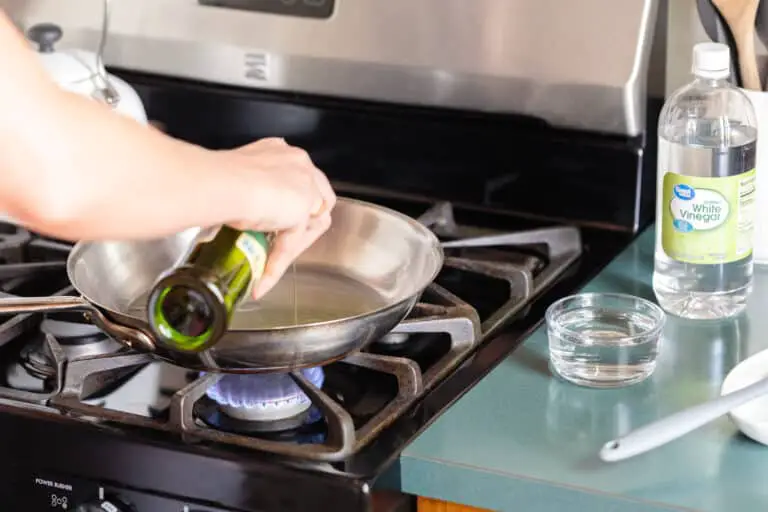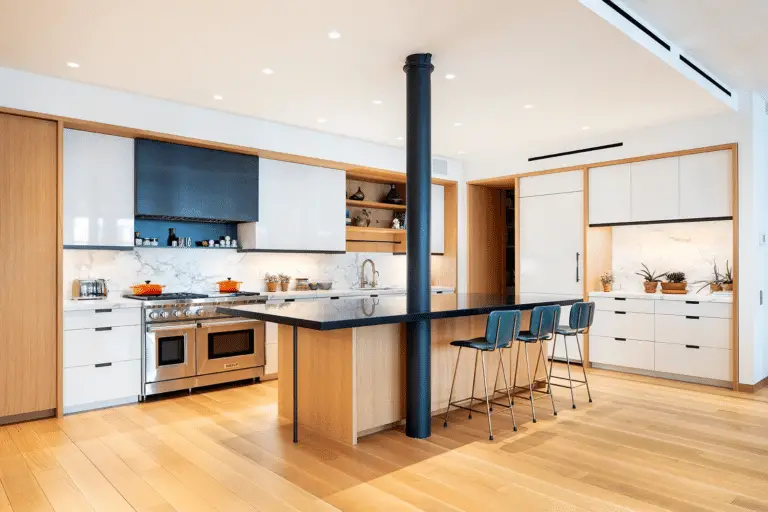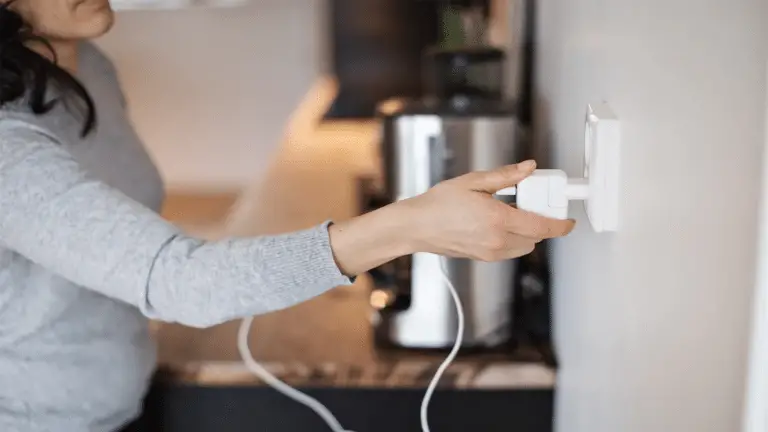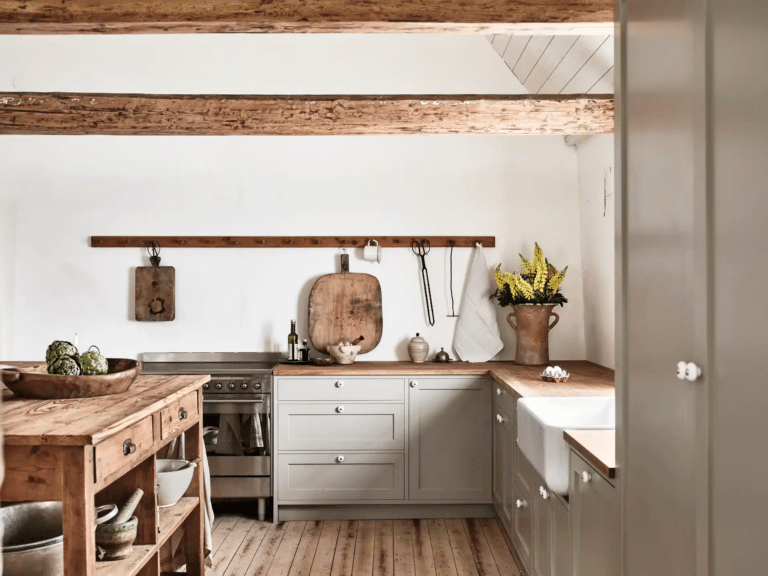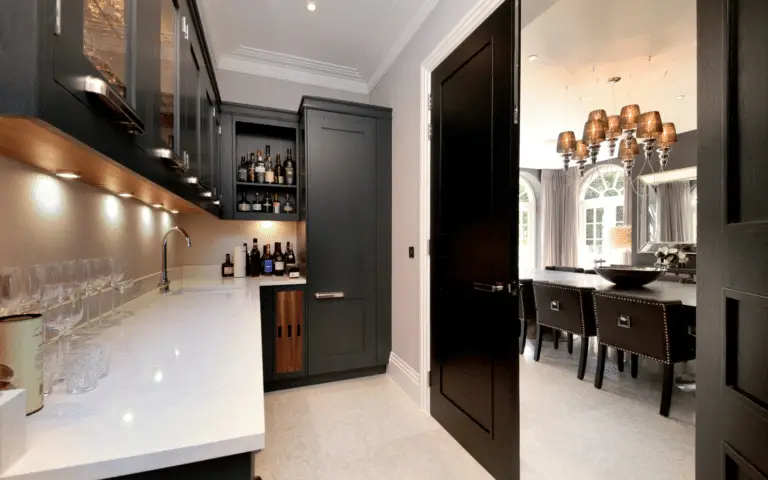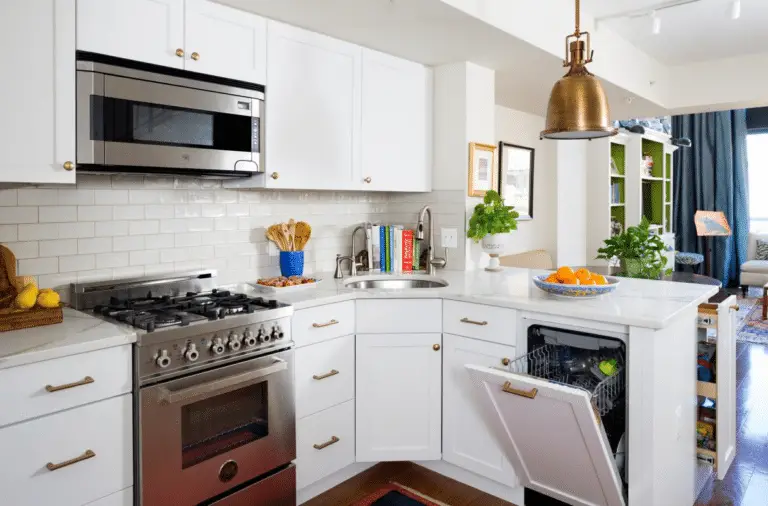Hey there, have you noticed some subtle changes in your kitchen cabinets lately? Discoloration, warping, or even a hint of mold growth? These could be signs of water damage lurking in your kitchen. In this post, we’ll dive into the red flags you should watch for, the common causes of water damage, its effects on your cabinets, and most importantly – how to repair and prevent it. Let’s keep those cabinets in top shape!
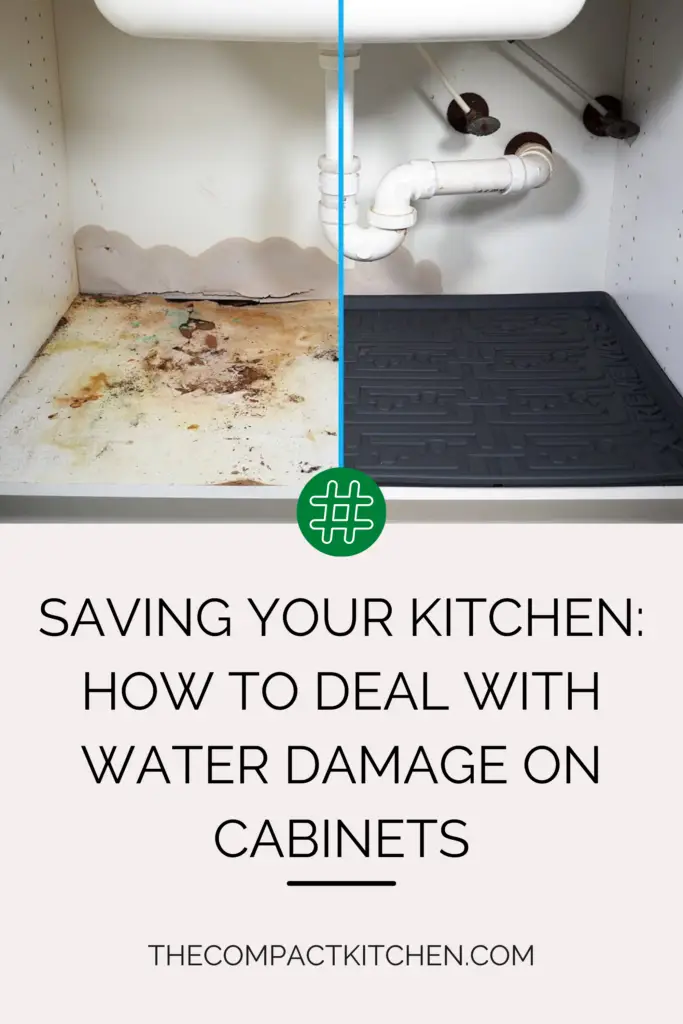
Identifying Water Damage in Kitchen Cabinets
Water damage in kitchen cabinets can be a homeowner’s nightmare. It not only affects the aesthetics of your kitchen but also the functionality of your cabinets. Understanding the signs and symptoms of water damage is crucial in addressing the issue promptly.
Signs and Symptoms of Water Damage
One of the most common signs of water damage in kitchen cabinets is discolouration. You may notice dark spots or staining on the surface of the cabinets, especially near the sink or dishwasher. This indicates that water has penetrated the wood and caused damage.
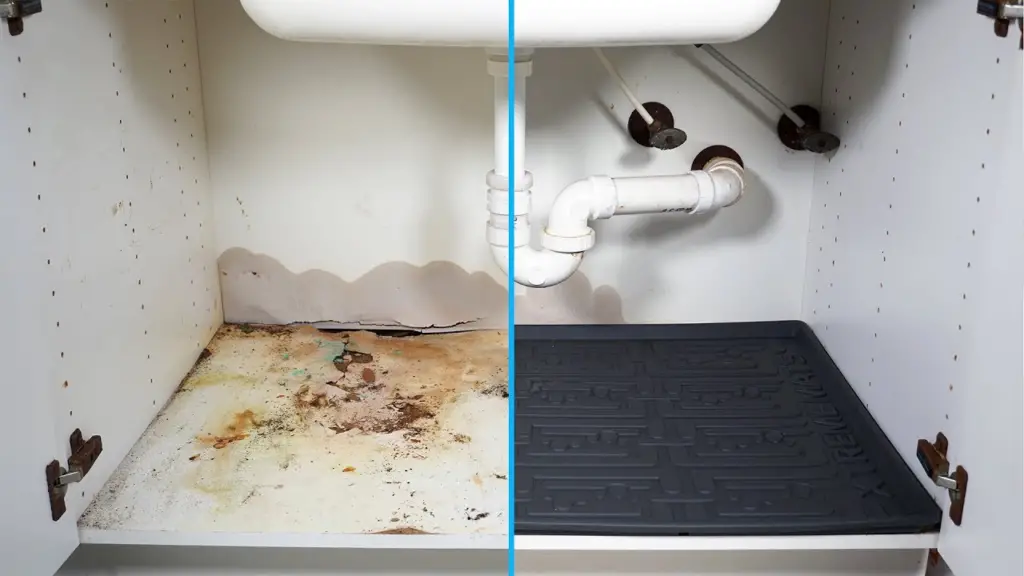
Another symptom to look out for is warping. If the cabinet doors or shelves appear to be warped or misshapen, it’s a clear indicator of water damage. Warping occurs when the wood absorbs moisture and swells, causing the structure of the cabinet to change.

Furthermore, mould growth is a serious sign of water damage that should not be ignored. If you see any mould or mildew inside or around your kitchen cabinets, it’s a sure sign that there is excess moisture present, which can lead to further damage if not addressed promptly.
By understanding these signs and symptoms of water damage, you can take action early to prevent further deterioration of your kitchen cabinets.
Causes of Water Damage in Kitchen Cabinets
When it comes to maintaining the integrity of your kitchen cabinets, understanding the causes of water damage is crucial. By familiarizing yourself with the common culprits, you can take proactive steps to prevent potential harm to your cabinets.
Leaking Pipes

One of the primary reasons for water damage in kitchen cabinets is leaking pipes. Whether it’s a slow drip or a sudden burst, leaking pipes can wreak havoc on the wood, causing warping, discolouration, and even mould growth. Keep an eye out for any signs of moisture around your pipes and address leaks promptly to avoid costly damage.
Humidity

Humidity levels in the kitchen can also contribute to water damage in cabinets. Excessive moisture in the air can seep into the wood, leading to swelling, warping, and other structural issues. Consider using a dehumidifier to regulate humidity levels in your kitchen, especially during humid seasons or if you live in a damp climate.
Spills
Accidental spills and splatters are common occurrences in the kitchen, but if left unattended, they can cause water damage to your cabinets. Liquids can penetrate the finish of the cabinet doors and seep into the wood, leading to discolouration and warping over time. Wipe up spills immediately to prevent them from causing long-term damage.
Poor Maintenance and Neglect
Aside from external factors like leaks and humidity, poor maintenance practices can also accelerate water damage in kitchen cabinets. Neglecting routine cleaning and maintenance tasks can leave your cabinets vulnerable to moisture penetration and structural deterioration. Make it a habit to inspect your cabinets regularly, fix any issues promptly, and practice proper cleaning techniques to extend the lifespan of your cabinets.
By understanding the causes of water damage in kitchen cabinets and implementing preventive measures, you can safeguard your cabinets from potential harm and ensure their longevity.
Effects of Water Damage on Kitchen Cabinets
Water damage can wreak havoc on your kitchen cabinets, causing both short-term and long-term effects that can impact the overall functionality and structural integrity of your cabinets. Understanding these effects can help you take appropriate steps to address the damage and prevent it from recurring in the future.
Short-Term Effects
In the short term, water damage can lead to visible signs like discolouration, warping, and mould growth on your kitchen cabinets. Discolouration may appear as dark spots or stains on the surface of the cabinets, indicating that moisture has penetrated the wood or finish.

Warping occurs when the cabinet doors or shelves start to bend or curve due to the absorption of water, compromising their fit and alignment. Mould growth is a serious issue that can not only damage your cabinets but also pose health risks to you and your family.
These short-term effects can not only make your kitchen cabinets look unsightly but also affect their functionality. Warped doors may not close properly, leading to difficulty in accessing items stored inside. Discolouration and mould can make your cabinets unhygienic and potentially contaminate your stored food and dishes.
Long-Term Effects
If left unaddressed, water damage can have more severe long-term effects on your kitchen cabinets. Continued exposure to moisture can weaken the structural integrity of the cabinets, causing them to deteriorate over time. The wood may become soft and spongy, making it more prone to damage and eventually leading to the complete breakdown of the cabinet.
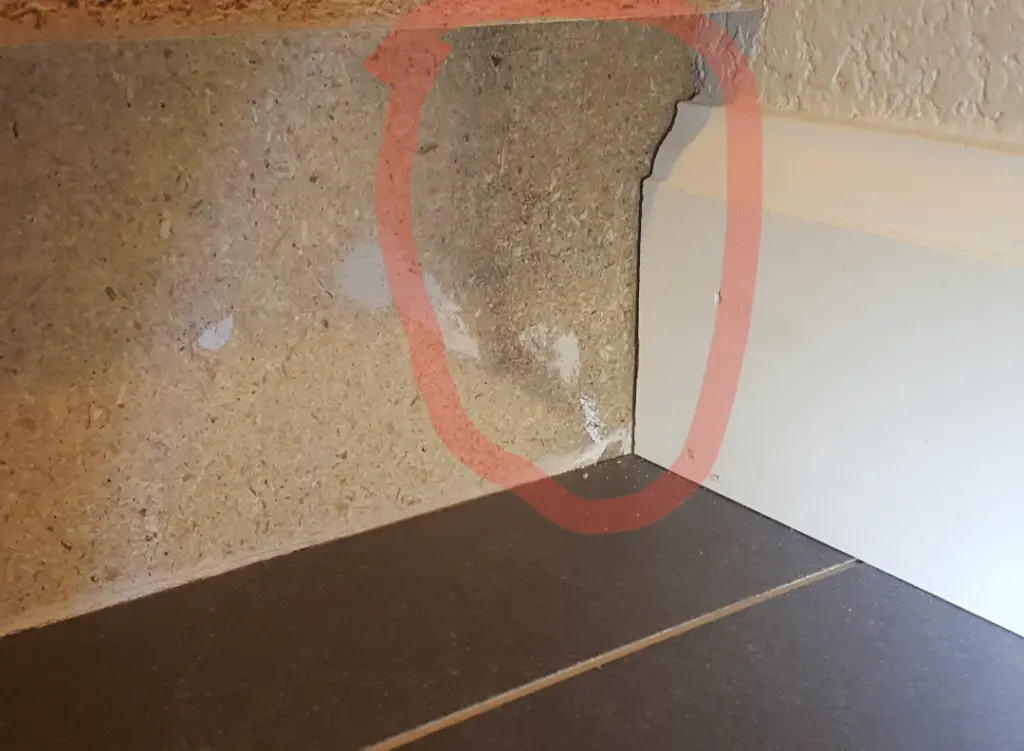
Furthermore, long-term water damage can also result in the development of persistent mould growth, which can spread to other areas of your kitchen and home if not properly treated. This can not only damage your cabinets further but also pose serious health risks to you and your family members.
It is essential to recognize the effects of water damage on your kitchen cabinets and take immediate action to address the issue. Whether through DIY repairs or professional help, restoring your cabinets to their original condition is crucial to maintaining a functional and safe kitchen environment. Remember, prevention is key to avoiding the costly and inconvenient consequences of water damage on your cabinets.
Repairing Water-Damaged Kitchen Cabinets
Dealing with water-damaged kitchen cabinets can be a daunting task, but with the right tools and knowledge, you can restore your cabinets to their former glory. Whether it’s minor warping or extensive mould growth, taking immediate action is key to preventing further damage.
Step-by-Step Repair Instructions

For minor water damage, start by removing any items stored in the affected cabinets and thoroughly dry the area with a clean cloth. Use a mild detergent to clean the surface and a hairdryer to gently heat and reshape any warped wood. Fill in any cracks or holes with wood putty and sand the area for a smooth finish. Finally, apply a fresh coat of paint or sealant to protect the repaired area.

However, for more severe damage such as extensive mould growth or major structural issues, it’s best to seek professional help. A professional cabinet repair service will have the expertise and tools to assess the damage accurately and provide the best solution for your cabinets. In some cases, replacement may be necessary to ensure the safety and functionality of your kitchen cabinets.
Remember, a quick response to water damage is crucial to prevent further deterioration and costly repairs. By following these repair instructions and knowing when to call in the experts, you can effectively restore your water-damaged kitchen cabinets.
When to Consider Professional Help
If you notice significant water damage that is beyond your DIY repair abilities, it’s time to call in the professionals. Signs such as extensive mould growth, structural instability, or severe warping indicate a more serious problem that requires expert attention. Professional cabinet repair services have the skills and equipment needed to tackle complex water damage issues and ensure your cabinets are restored to their original condition.

Additionally, if you’re unsure about the extent of the damage or the best course of action to take, consulting with a professional can provide valuable insights and guidance. They can assess the situation, recommend the most effective repair or replacement options, and help you avoid costly mistakes.
Ultimately, knowing when to seek professional help for repairing water-damaged kitchen cabinets can save you time, money, and frustration in the long run. By entrusting your cabinets to experienced professionals, you can rest assured that your kitchen will be back in top shape in no time.
Preventing Future Water Damage to Kitchen Cabinets
After understanding how to identify water damage, its causes, effects, and repair options for kitchen cabinets, it’s essential to focus on prevention strategies to avoid future issues. By taking proactive steps and implementing preventive measures, homeowners can protect their cabinets from water damage and prolong their lifespan.
Proper Maintenance is Key
One of the most crucial ways to prevent water damage to kitchen cabinets is through proper maintenance. Regularly inspecting cabinets for any signs of leaks, cracks, or damage can help catch potential issues early on before they escalate. Implementing a routine cleaning schedule using appropriate cleaning products can also help maintain the cabinets’ condition and prevent water penetration.
Moisture Control is Essential
Controlling moisture levels in the kitchen is another effective way to prevent water damage to cabinets. Installing a dehumidifier can help reduce excess humidity, which can lead to warping and rotting of cabinet materials. Additionally, properly venting the kitchen when cooking or showering can help prevent moisture buildup, ultimately protecting cabinets from water damage.
Immediate Action on Spills or Leaks
Quick action is crucial when spills or leaks occur in the kitchen to prevent water damage to cabinets. Wiping up spills immediately and repairing any leaks promptly can help avoid water seeping into cabinet materials and causing damage. Investing in waterproof mats or liners for areas prone to spills can also provide an additional layer of protection for cabinets.
Consider Water-Resistant Materials
When choosing or installing kitchen cabinets, opting for water-resistant materials can be a wise investment to prevent future water damage. Materials such as marine-grade plywood, stainless steel, or PVC cabinetry are less susceptible to water penetration, making them ideal choices for areas prone to moisture exposure like the kitchen. Additionally, sealing cabinet surfaces with waterproof sealants can further enhance their durability and resistance to water damage.

By following these preventive measures, homeowners can significantly reduce the risk of water damage to kitchen cabinets and ensure their longevity and functionality. Implementing proper maintenance, controlling moisture levels, taking immediate action on spills or leaks, and considering water-resistant materials can all contribute to a kitchen environment that is resilient against water damage.
Keep Your Cabinets Dry and Happy!
Remember, prevention is key when it comes to water damage in kitchen cabinets. By understanding the signs, causes, effects, and repair options, you can protect your cabinets from any potential harm.
Take proactive steps to maintain your cabinets, control moisture levels, and act quickly in case of leaks or spills. Choosing water-resistant materials for your cabinets can also provide added protection.
Keep those cabinets dry, and they’ll thank you for it with years of use!



